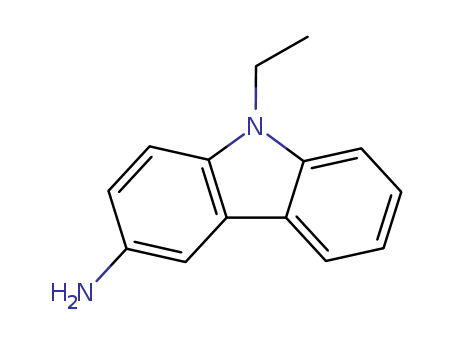10.2478/s11532-011-0098-3
The study focuses on the synthesis and investigation of two new low-molecular weight compounds, (Z)-4-(4-(dimethylamino)benzylidene)-1-(9-ethyl-9H-carbazol-3-yl)-2-phenyl-1H-imidazol-5(4H)-one (5) and 2-(6-hydroxyhexyl)-6-(pyrrolidin-1-yl)-1H-benzo[de]isoquinoline-1,3(2H)-dione (10), for potential application in organic light-emitting devices. Compound 5 was synthesized through a two-step process involving Erlenmeyer condensation and subsequent reaction with 9-ethyl-9H-carbazol-3-amine, while compound 10 was obtained via a known procedure followed by non-catalytic N-arylation with pyrrolidine. Their photophysical properties were examined in solution and in poly(methyl methacrylate) films, revealing fluorescence quantum yields of around 0.10 and 1.00 for compounds 5 and 10 in films, respectively. Experimental electroluminescent structures were prepared with compound 5, demonstrating stable light emission at 600-630 nm for 8 hours under 40 V AC with 1-3 KHz frequency, while compound 10 showed promising but short-lived electroluminescence.



 T
T


